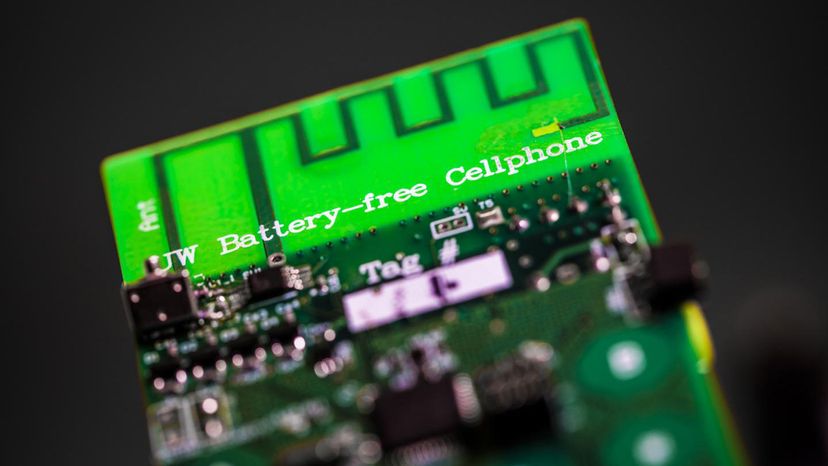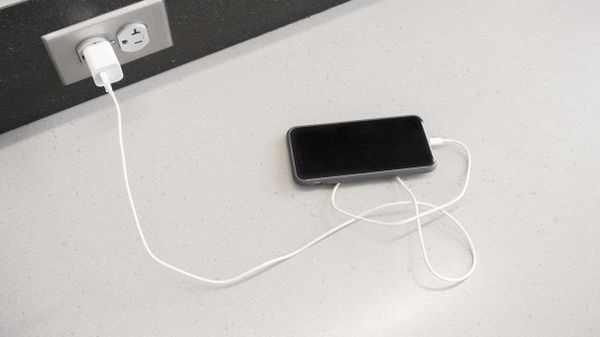
Phone manufacturers are constantly striving to create new products that can run longer on a single battery charge but a team of engineers at the University of Washington (UW) has gone the extra mile: They built a cell phone that doesn't need a battery at all.
It doesn't look like a typical cell phone. It's a simple printed circuit board with the bare basics to make phone calls possible, including a microphone, number pad and a headphone jack. But while it might not hold up to the aesthetic appeal of an iPhone, you don't have to worry about the phone's charge dying without warning.
Advertisement
The phone still uses electricity — it just harvests energy from other sources such as sunlight and radio waves. The team used photodiodes to absorb photons from light sources and generate electricity. To squeeze electric juice out of radio waves, the phone just needs an antenna. (The details were published in a paper in the Proceedings of the ACM on Interactive, Mobile, Wearable and Ubiquitous Technologies.)
When radio waves interact with an antenna, the waves induce electricity to flow through the antenna. You can actually harvest electricity through radio waves on your own. Very simple radios do this without the need for a battery — you can learn how to build one in our article How Radio Works.
While radio waves carry energy and we're surrounded by transmitters generating these waves, this doesn't mean you could power your home by hooking all your electronics to antennas. That's because radio wave propagation follows the inverse-square law — the strength of a radio signal weakens by the square of the distance from the transmitter. It doesn't take long before you're too far from a transmitter to harvest enough electricity to do useful work.
Making a phone call requires that the device you're using has continuous power. "You can't say hello and wait for a minute for the phone to go to sleep and harvest enough power to keep transmitting," said paper co-author Bryce Kellogg, a UW electrical engineering doctoral student, in a press release. "That's been the biggest challenge — the amount of power you can actually gather from ambient radio or light is on the order of 1 or 10 microwatts. So real-time phone operations have been really hard to achieve without developing an entirely new approach to transmitting and receiving speech."
To get around that problem, the team designed a base station that transmits RF signals to the battery-free cell phone. With both the base station and the photodiodes, the phone can operate up to 50 feet or about 15 meters from the base station.
Making a call is simple. You just punch in the phone number you want to call and the circuit board sends this information via radio waves to the base station in a digital packet. The base station takes this data and makes a call on Skype to a cellular network. The station continues to remain in contact with the phone via radio waves, allowing the caller to hear the other side of the conversation. To speak, you just have to hold down a button to activate the microphone.
The simple design means the phone operates on just a few microwatts. Despite the low power approach, the result is pretty amazing.
Advertisement
